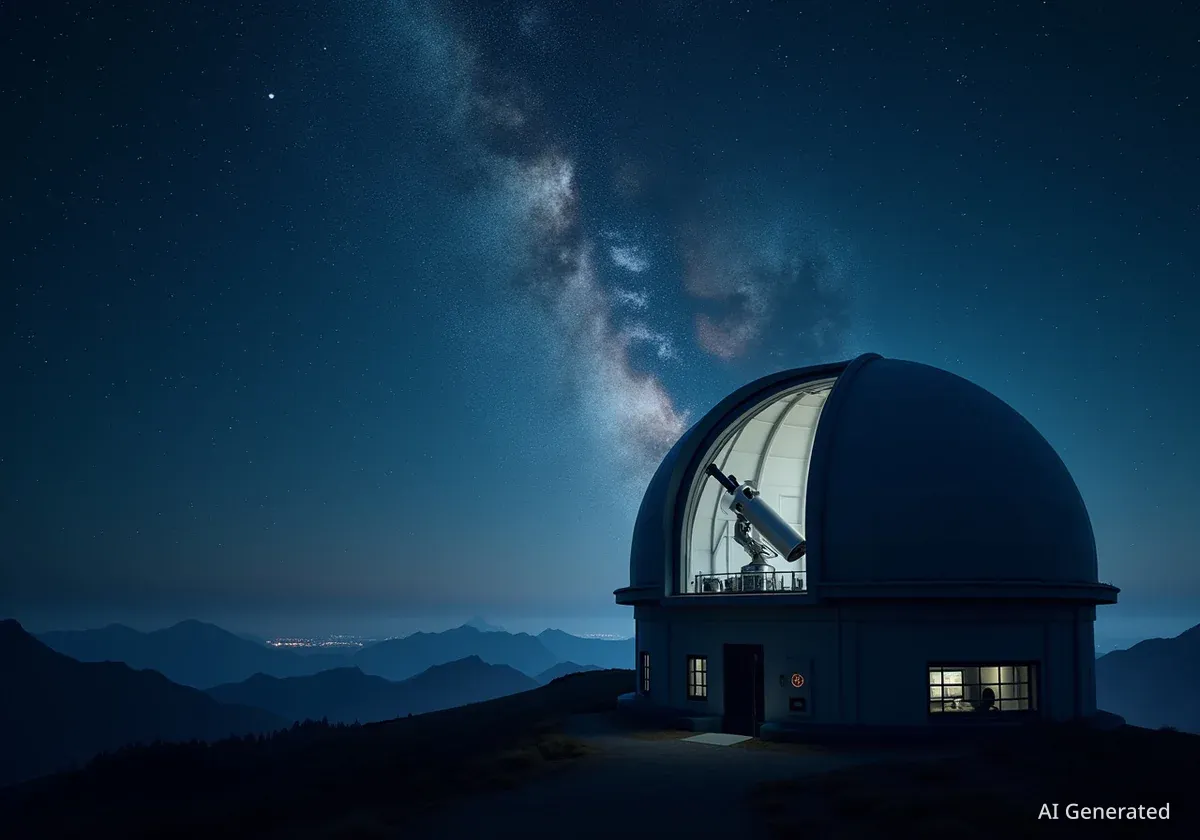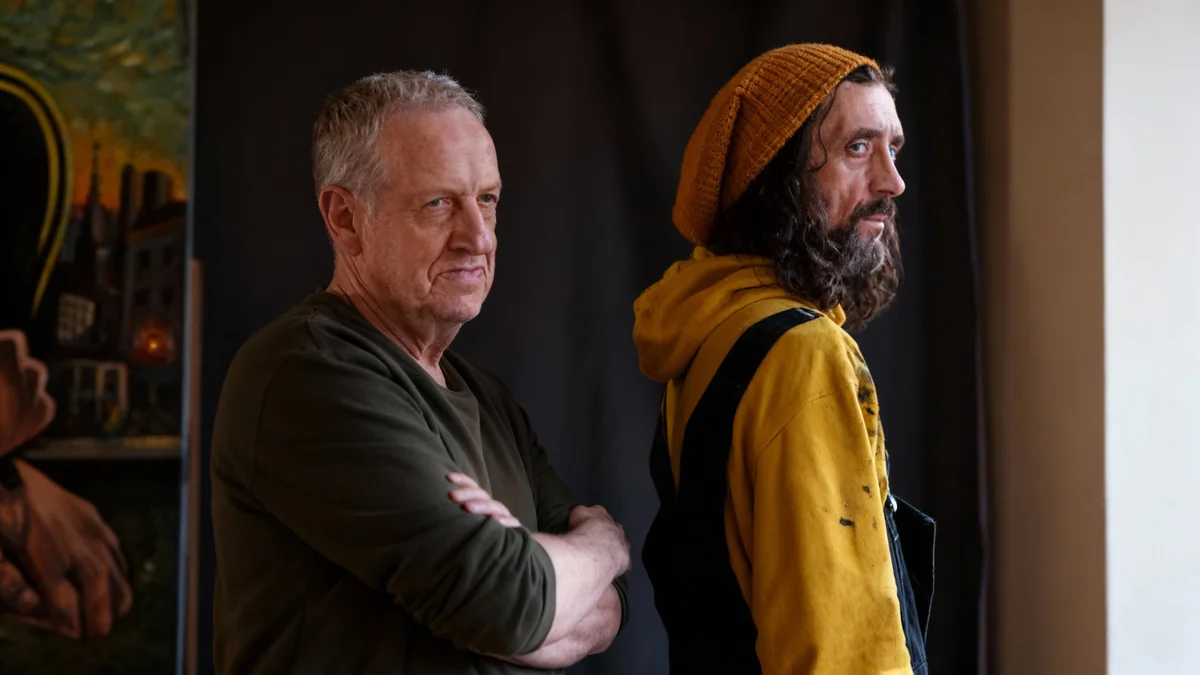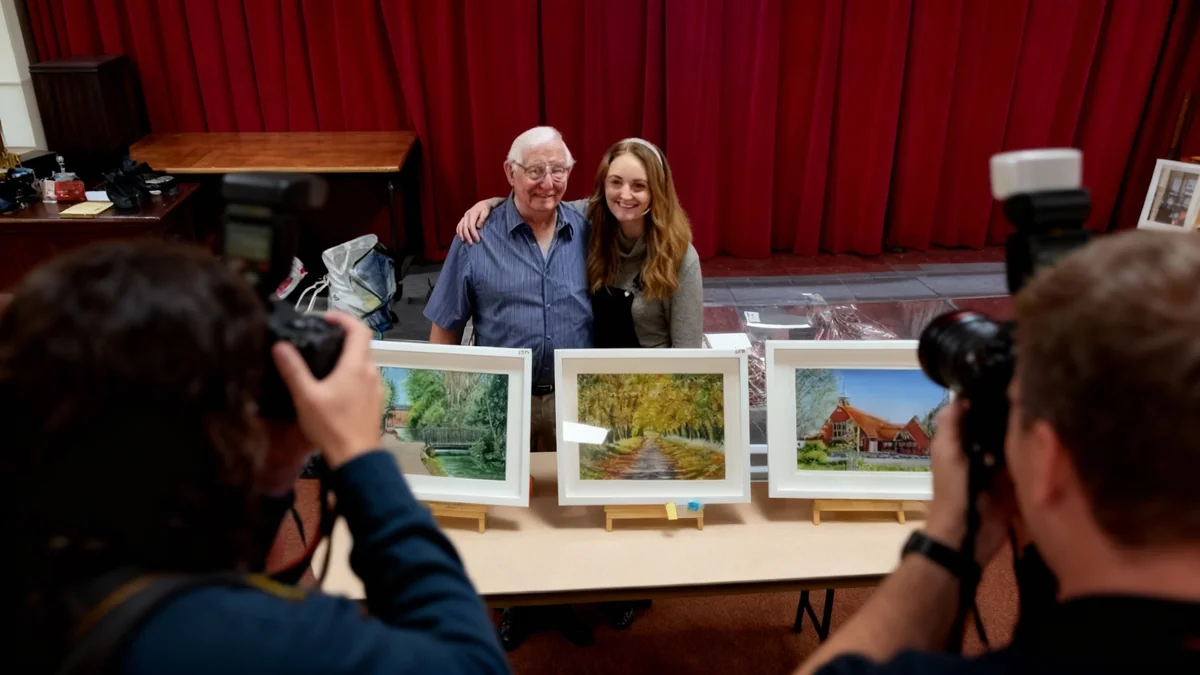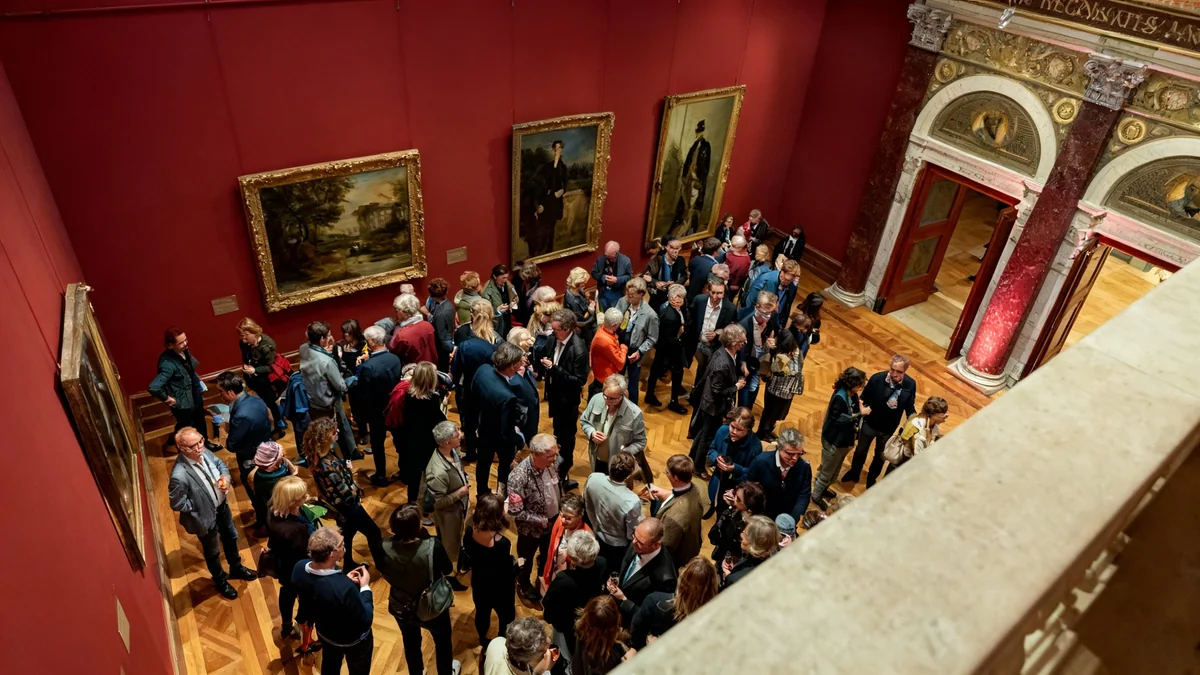An American photographer has won the world's most prestigious astrophotography competition. Ani Shastry's image, titled "Flying Bat and The Giant Squid Nebula," earned him the top honor in the 2025 Astrophotographer of the Year contest. This achievement highlights the dedication and technical skill required to capture such distant and faint cosmic objects.
Shastry's winning photograph depicts a region of deep space known for its extreme faintness. Capturing enough data for this specific target proved challenging, as it was his third attempt over three years to achieve the necessary clarity and detail.
Key Takeaways
- Ani Shastry, an American, won the 2025 Astrophotographer of the Year award.
- His winning image is "Flying Bat and The Giant Squid Nebula."
- The nebula is known for being extremely faint and difficult to photograph.
- This was Shastry's third attempt to gather sufficient data for the image.
- The competition features photographers from around the globe.
Capturing Distant Cosmic Wonders
The field of astrophotography combines advanced photography techniques with a deep understanding of astronomical subjects. Photographers use specialized telescopes and cameras to capture light from celestial bodies that are often invisible to the naked eye. These images provide stunning views of galaxies, nebulae, and other cosmic phenomena.
Ani Shastry focused on a particularly challenging target. The "Flying Bat and The Giant Squid Nebula" is not only distant but also emits very little light. This makes it one of the most difficult subjects for astrophotographers to capture effectively.
"This was my third attempt in three years to capture sufficient data on it," Shastry stated, emphasizing the persistence required for such a complex project.
His dedication ultimately paid off, allowing him to collect enough light to reveal the intricate structures within the nebula. The final image showcases a remarkable level of detail and color, bringing a remote part of the universe closer to observers on Earth.
The Technical Challenge of Faint Nebulae
Photographing faint nebulae like the "Flying Bat and The Giant Squid Nebula" requires significant technical expertise. Astrophotographers often employ long exposure times, sometimes stretching over many hours or even multiple nights. This process allows the camera sensor to accumulate enough photons to form a clear image.
Specialized filters are also used to isolate specific wavelengths of light emitted by different elements within nebulae, such as hydrogen, oxygen, and sulfur. These filters help to enhance contrast and reveal hidden details that would otherwise be lost in the background skyglow or broad-spectrum light.
According to experts, processing the raw data is another critical step. Astrophotographers use advanced software to stack hundreds or thousands of individual exposures. This stacking process reduces noise and improves the signal-to-noise ratio, resulting in a much cleaner and more detailed final image. Without careful processing, even the best raw data can yield a suboptimal result.
Astrophotography Facts
- The farthest object visible to the unaided eye is the Andromeda Galaxy, approximately 2.5 million light-years away.
- Amateur astrophotographers can capture stunning images using telescopes and DSLR or dedicated astronomy cameras.
- Light pollution from cities significantly impacts astrophotography, making dark sky locations crucial.
- Nebulae are often composed of gas and dust, illuminated by nearby stars or glowing due to ionization.
Global Recognition for Cosmic Art
The Astrophotographer of the Year competition is an internationally recognized event. It draws entries from photographers across the globe, all vying for recognition for their unique views of the cosmos. Winning this award places Shastry among the elite in the field.
The competition celebrates not only technical skill but also artistic vision. Judges look for images that are both scientifically accurate and aesthetically compelling. Shastry's winning entry demonstrates both these qualities, presenting a scientifically significant object in a visually striking manner.
The announcement of the winner was made on October 2, 2025. This annual event continues to inspire both amateur and professional photographers to explore the wonders of the universe through their lenses.
The Beauty of the Bubble Nebula
Another notable image shared by Shastry depicts the "Bubble Nebula." This celestial object is sculpted by powerful stellar winds emanating from a massive, extremely hot star. The star's intense radiation and outflowing material carve out the distinctive bubble-like shape seen in photographs.
Stars that are significantly larger and hotter than our sun tend to have much shorter lifespans. Their rapid consumption of nuclear fuel leads to dramatic stellar events and the creation of complex nebulae around them. The Bubble Nebula serves as a prime example of these dynamic cosmic processes.
Such images contribute to public understanding of astronomy. They allow individuals to witness phenomena that are otherwise inaccessible, fostering a greater appreciation for space science and the vastness of the universe. The intricate details captured in Shastry's work provide a window into these distant cosmic environments.
About Astrophotography
Astrophotography is a specialized type of photography that involves capturing images of astronomical objects, celestial events, and areas of the night sky. The first successful attempt to photograph a celestial object was in 1840, when John William Draper captured an image of the Moon. Over the decades, advancements in telescopes, cameras, and digital processing have revolutionized the field, making it possible to capture incredibly detailed images of distant galaxies and nebulae from Earth.
Modern astrophotographers often use computerized mounts to track celestial objects as the Earth rotates, ensuring stars appear as points of light rather than streaks. They also employ various techniques to minimize light pollution and atmospheric distortion, which are major challenges in capturing high-quality astronomical images.
Impact and Future of Astrophotography
Awards like the Astrophotographer of the Year competition play a significant role in promoting the art and science of astrophotography. They encourage innovation in techniques and inspire more people to look up at the night sky.
The increasing accessibility of advanced equipment, coupled with online communities for sharing knowledge, has led to a boom in amateur astrophotography. This growth contributes to a broader understanding and appreciation of cosmic phenomena.
Future advancements in camera sensor technology and image processing software are expected to push the boundaries even further. This will allow photographers to capture even fainter and more distant objects with greater clarity and detail, continuing to reveal the universe's hidden beauty.
The work of photographers like Ani Shastry not only documents the cosmos but also transforms scientific data into captivating art, bridging the gap between scientific discovery and public engagement.




